Two years ago, Madisyn Dame, then 16, hiked in the Rocky Mountains with her summer youth group, carrying 40 pounds in her back pack, about 40 percent of her body weight.
“It took us like three days to hike up to where we were going,” said Madisyn’s mom, Darcy. “We camped in tents that you pack in your pack. She did great. She was in the front of the pack.”
The mother-daughter duo and other youth group participants enjoyed the towering peaks and crisp mountain air.
All was well with their souls.
But upon returning to their Sparta, Michigan, home, Madisyn experienced right hip pain when she started a new sport—cross-country running for Sparta High School.
“It started hurting really bad,” Madisyn said. “There was pain in the front, on the right side, and it didn’t get better.”
Madisyn then tried soccer, but the hip pain plagued her every step.
“She had a whole lot of trouble,” Darcy said.
Madisyn visited Spectrum Health sports medicine specialist Matthew Axtman, DO, who ordered an MRI.
“He did a cortisone injection in the hip joint and she had immediate relief,” Darcy said. “It wasn’t a permanent fix, just a diagnostic to try to figure it out.”
The pain, however, returned.
Madisyn next went to Travis Menge, MD, a Spectrum Health orthopedic surgeon and sports medicine specialist who specializes in treating hip pain in active patients.
Dr. Menge X-rayed her hip. The ball of her hip, which is supposed to be round, was egg-shaped. This condition is called femoroacetabular impingement, where the ball or socket of the hip has extra bone that causes pain and damage to the soft tissues within the joint.
Egg-shaped joints
In August 2018, Dr. Menge performed surgery to remove the extra bone and repair a tear in the soft tissue around the hip called the labrum. He performed the surgery arthroscopically, which is minimally invasive.
“She started running again later that fall,” Darcy said.
Unfortunately, history repeated itself on her other hip. After returning to sports, Madisyn felt pain again, this time in her left hip.
“I knew it was the same,” Madisyn said. “I have egg-shaped joints and the ball doesn’t fit in the socket.”
As she suspected, X-rays showed she had a similar issue on her left side—an egg-shaped ball that rubbed against the socket.
In late January of this year, she underwent surgery on her left hip.
“I felt bad for her because (the joint) blew her senior year,” Darcy said. “She couldn’t do sports of any kind. But I’d rather she have a life without pain. She wants to be able to run.”
Arc of motion
Late this summer, Madisyn visited Dr. Menge’s office for a follow-up appointment.
When Dr. Menge entered the exam room, he began to gauge her condition.
“Let’s examine that hip and see how things are going,” Dr. Menge said. “How’s your summer been? Are you working?”
Madisyn works as an assistant at her dad’s dental office.
“Gently, I’m going to move that hip all around,” Dr. Menge said. “Your motion is fantastic. Your incisions look like they’ve been healing very well.”
Dr. Menge bent Madisyn’s leg toward her torso.
“Before surgery, it would stop here and it would be painful,” he said. “The whole arc of motion is very smooth now. She can flex up to 110 degrees and comes all the way out with no catching or pain. Her hip looks fantastic.”
He reminded her to focus on low-impact exercises. And avoid deep bending.
Hip preservation
Strategies for hip issues in young people have come a long way in recent years, Dr. Menge said.
“It used to be people didn’t know what to do with hip pain in younger active patients,” he said. “We had the option of hip replacement in older patients with advanced arthritis, but for young people hip replacement is not a good option.
“In the past, young patients with hip pain would try all kinds of conservative treatments—physical therapy, medications, injections and rest,” Dr. Menge said. “However, if the pain continued despite this, they would often have to try to manage it the best they could until they got to an older age where hip replacement would be an option.”
Dr. Menge said the surgeries he performed on Madisyn are designed to correct anatomical abnormalites as well as get her back to work, sports, school and life.
He’s performed more than 200 arthroscopic hip surgeries.
“It’s exploded, what we know,” he said. “We’re doing more and more of these surgeries every year. Over the next couple of years, I will likely transition my whole practice to hip preservation as it continues to grow.”
Most patients are 15 or older.
“Younger kids are still growing,” he said. “Patients involved in sports and activities are at higher risk during those growth years.
Dr. Menge said he’s impressed with Madisyn’s progress.
“She’s six months out and she’s back to working at the dental office like a champ,” he said. “Keep up the good work.”
He then delivered the good news Madisyn had been waiting for: Unless she has further issues, she’s done with surgery and appointments. She can return to everything she enjoys doing without limitation.
“Last time I came for a six-month followup, we scheduled my second surgery,” Madisyn said. “Not being able to run was the hardest part. I thought I would be out of shape for the rest of my life. I like to run. I feel energized after I run. It makes me happier.”
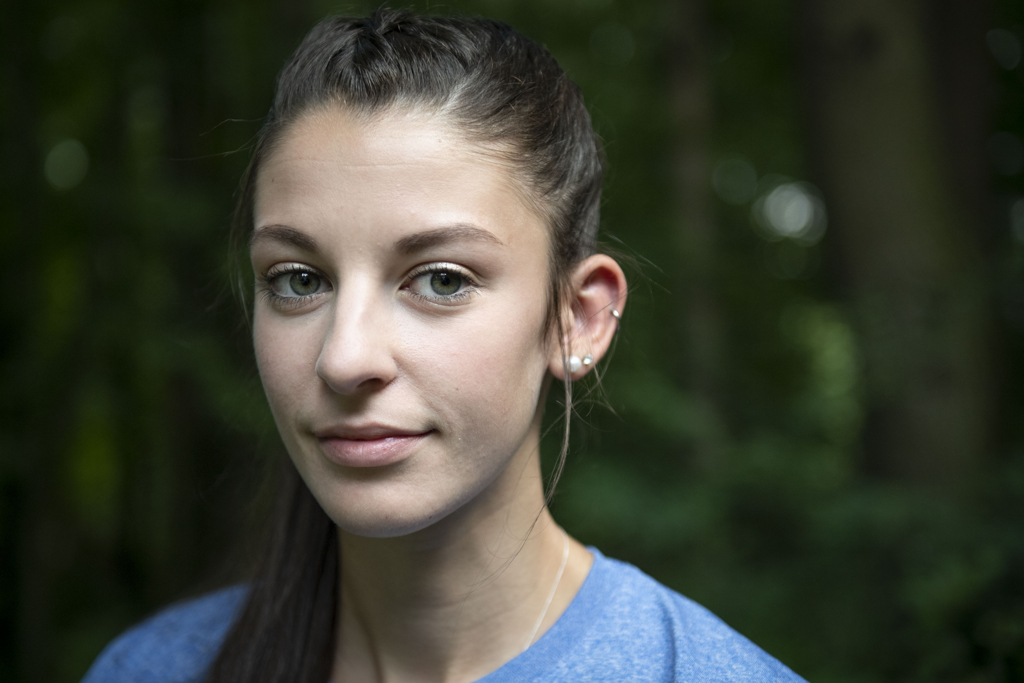
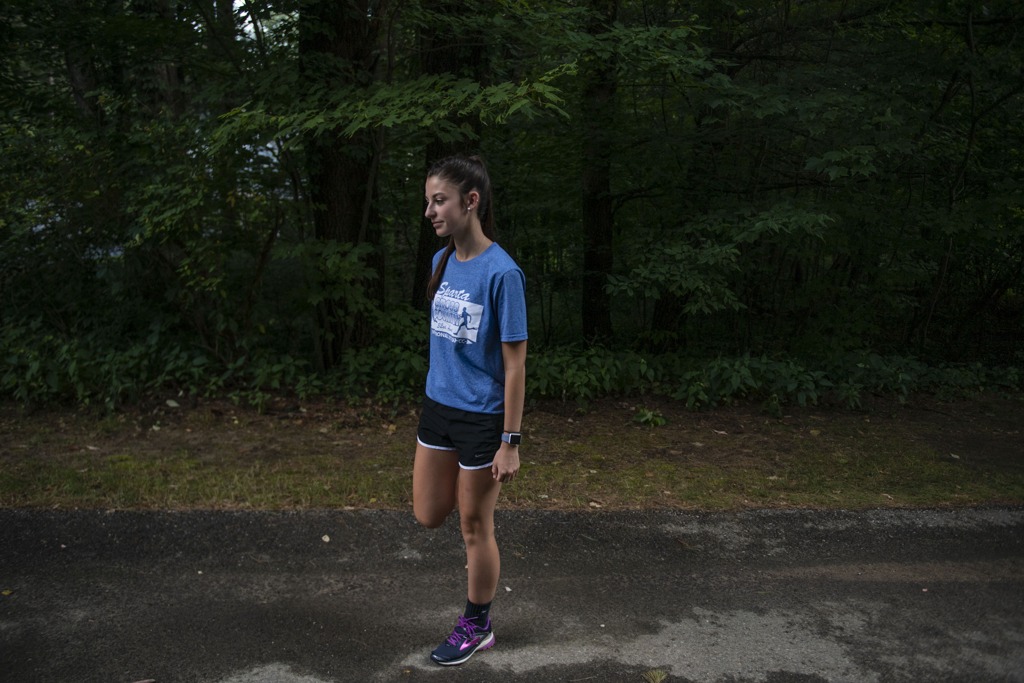
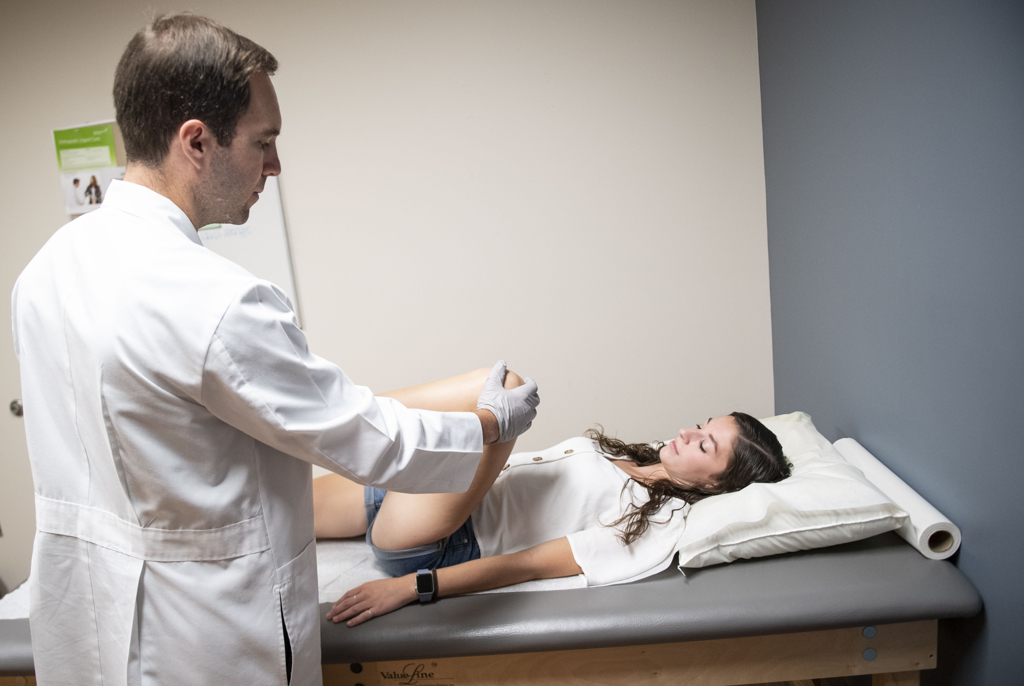
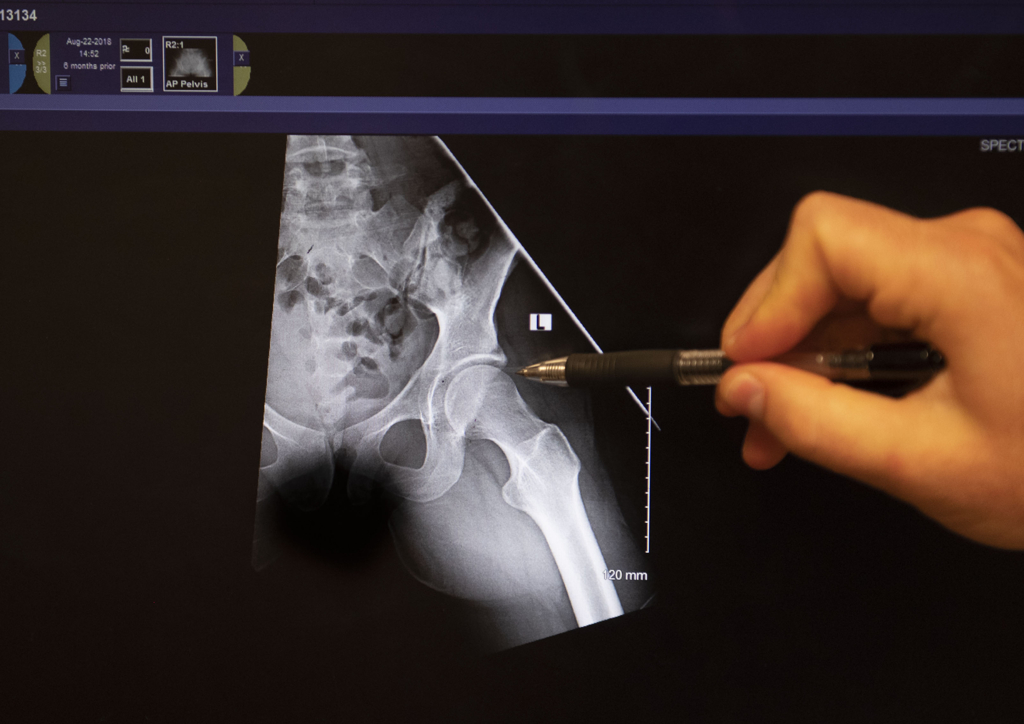
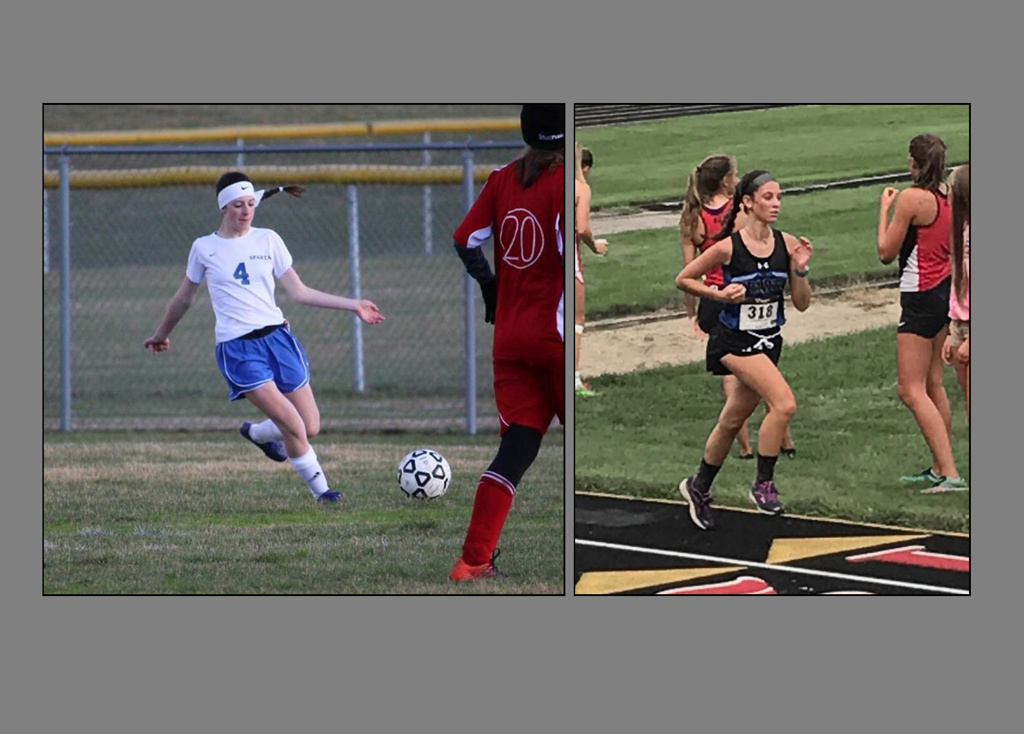
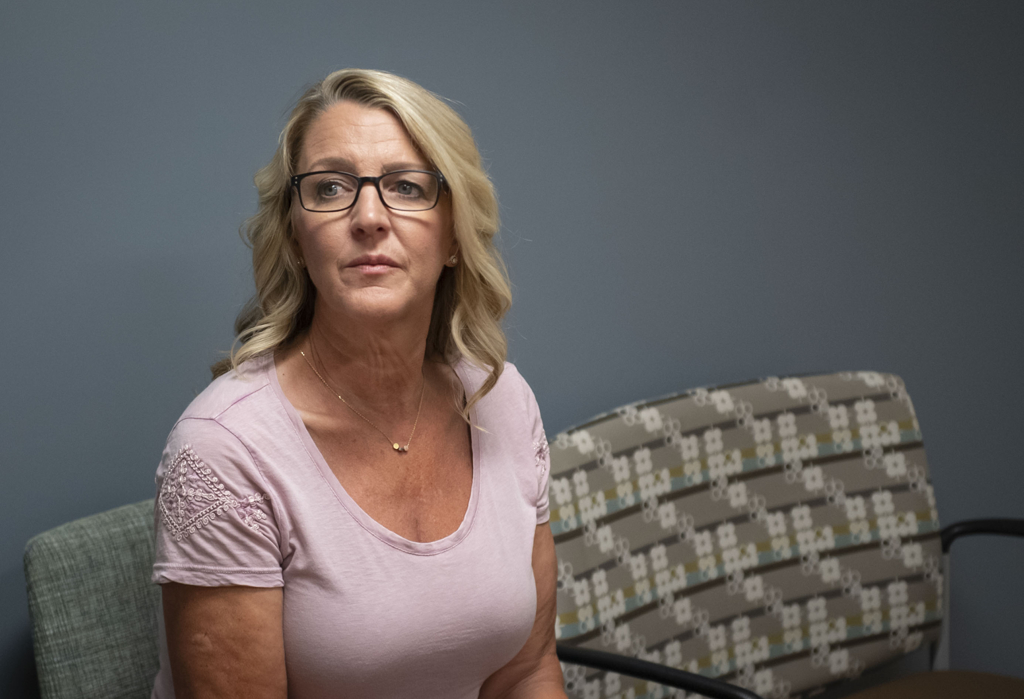
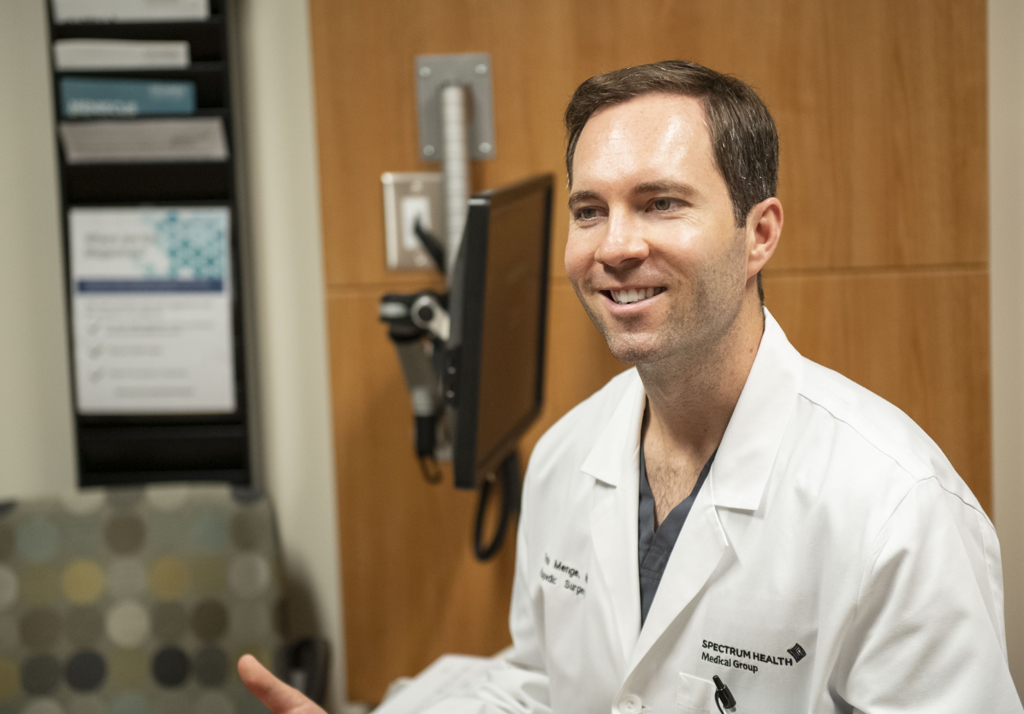

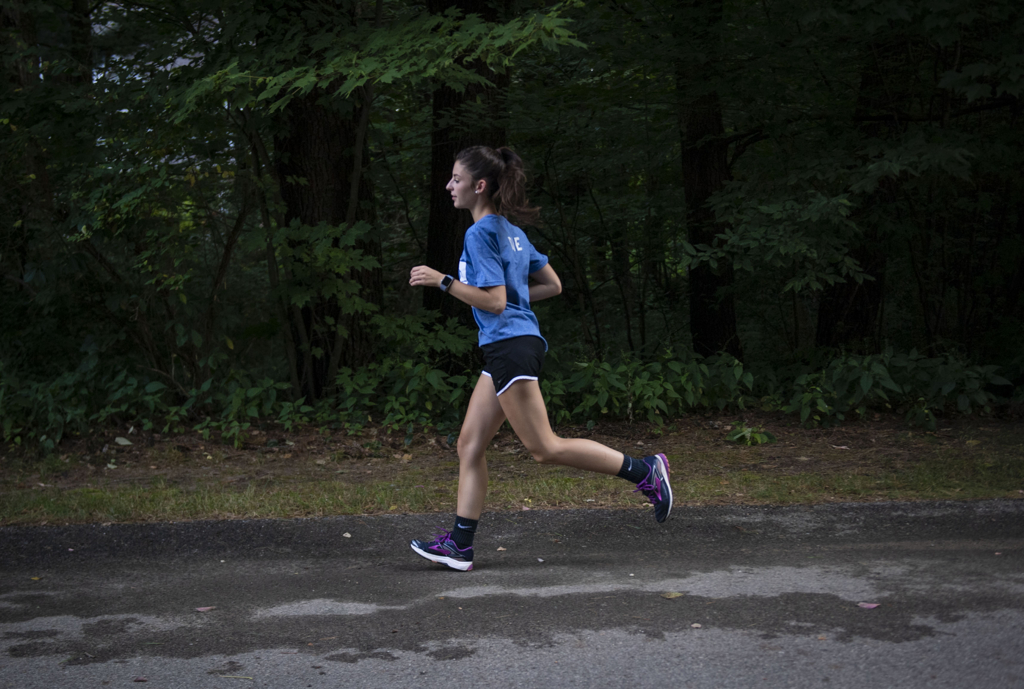
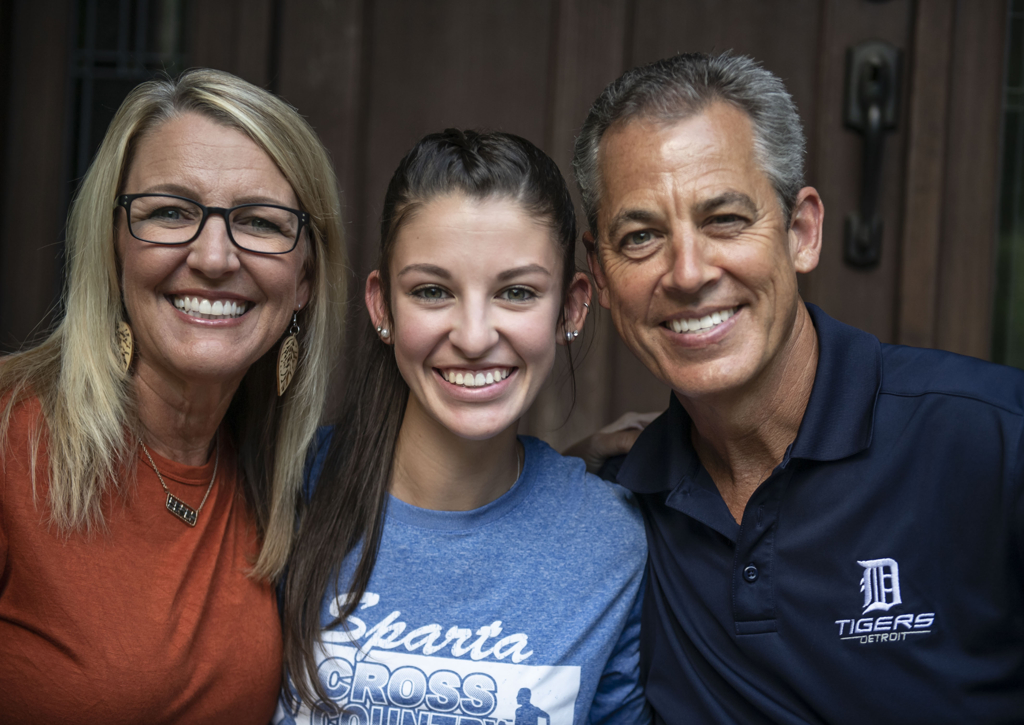



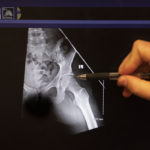


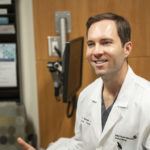



 /a>
/a>
 /a>
/a>
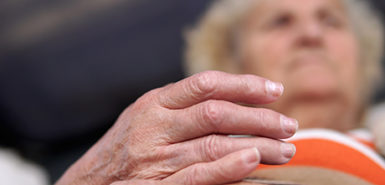 /a>
/a>
Myself and 2 of my 3 children have had this injury and have been treated with this procedure. My son was the first one at age 17. My injury/surgery was the following year. Finally, a daughter had this surgery at 25. It truly does restore movement and function and eliminates the pain. The recovery was easier on my children, but I’m so glad I did this!